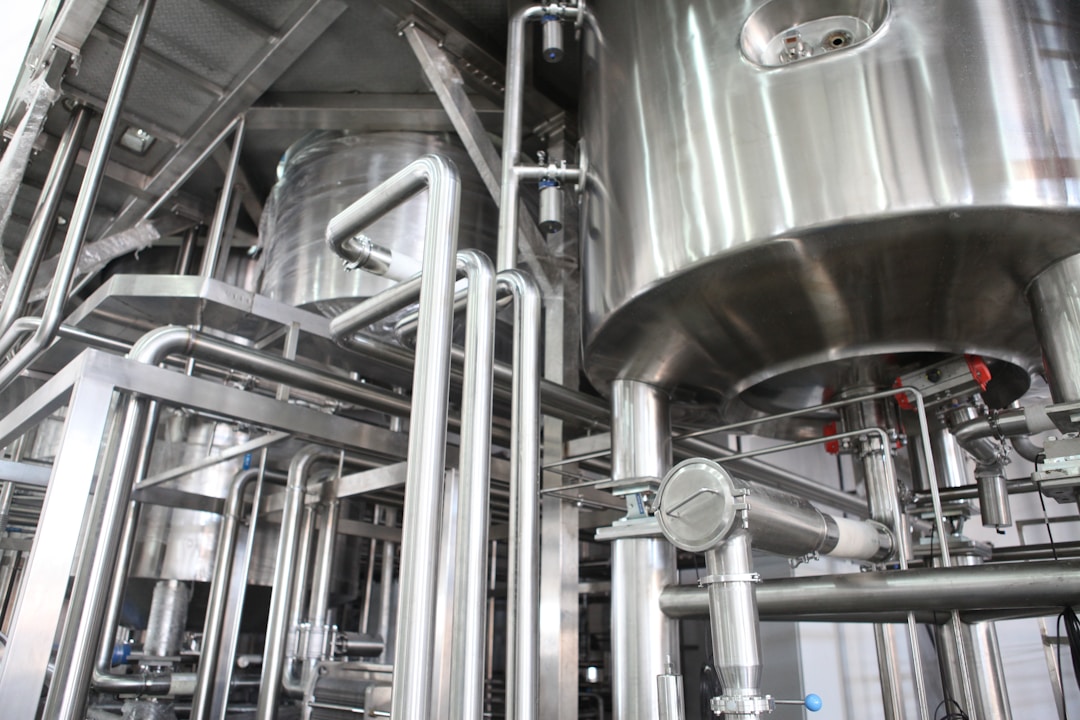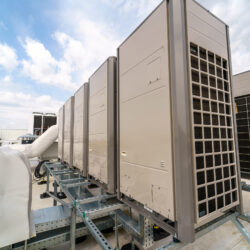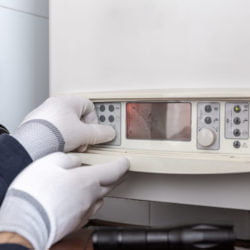Professional water treatment systems are essential for ensuring the purity and safety of our drinking water. One such system that has gained immense popularity is reverse osmosis. But what exactly is reverse osmosis, and how does it work? In this blog post, we will dive deep into the science behind reverse osmosis water treatment systems. Keep reading to learn more.
Fundamental Understanding of Reverse Osmosis
Reverse osmosis is a water purification process that uses a semi-permeable membrane to remove ions, molecules, and larger particles from drinking water. The process employs pressure to push water through the tiny pores of the semi-permeable membrane, thus leaving the contaminants behind.
This technology has been instrumental in transforming how the world approaches water purification due to its ability to sieve out dangerous elements such as lead, mercury, and many other hazardous solutes from the water. Reverse osmosis systems equip our homes and businesses with the capacity to produce clean and safe water for consumption and other uses. The ongoing interest in this technology’s efficacy and advancements fuels the need to elaborate on its mode of operation.
Osmonics RO Systems have played a massive role in bringing this innovative technology to light. They create efficient and effective reverse osmosis systems to ensure that people have access to safe and pure drinking water. By making reverse osmosis systems accessible and easy to install, they have allowed people to have direct control over the quality of water they consume. These systems are used for drinking water at homes and for various industrial applications such as food and beverage production, pharmaceutical manufacturing, and wastewater treatment.
Mechanism of a Reverse Osmosis System
Reverse osmosis is a multi-stage process where every stage is crucial in ensuring the elimination of contaminants. The first stage is prefiltration, where water initially passes through a prefilter. This prefilter helps remove particles such as dirt and silt, which could potentially damage the delicate RO membrane. By removing these larger particles, the prefiltration stage contributes to maintaining the efficiency and longevity of the RO system.
Once the water has been prefiltered, it moves on to the next stage, where the heart of the reverse osmosis process occurs. The water is forced through a semi-permeable membrane with extremely small pores at this stage. This membrane acts as a barrier, allowing only water molecules to pass through while blocking contaminants, such as dissolved salts, heavy metals, bacteria, and viruses. The RO membrane is pivotal in ensuring the removal of these harmful substances and creating purified water. The rejected water carrying the impurities is discarded, while the purified water proceeds to the next stage of filtration.
Post-filtration or final polishing takes place when the water passes through a final carbon filter. This stage is meant to remove any other possible residual taste or odor. One of the main purposes of post-filtration is to eliminate any possible impurities that may affect the overall taste and smell of the water. Despite the advanced filtration performed during the earlier stages of the RO process, there might still be some trace elements or particles that could impact the sensory attributes of the water. The final carbon filter acts as a barrier, efficiently trapping and absorbing these remaining impurities, resulting in water that is free from any undesirable aftertaste or odor.
By undergoing post-filtration, the water produced by the reverse osmosis system achieves optimal quality, meeting the standards set for safe consumption. This final stage ensures that every drop of water emerging from the RO system is not only visually appealing but also has an excellent taste. So, whether it is for drinking, cooking, or other needs, post-filtration guarantees that the water is healthy and enjoyable to consume.
Role of Pressure in a Reverse Osmosis System

The role of pressure in an RO system cannot be overstated. Pressure plays a critical role in the overall efficiency and effectiveness of the RO process. Pressure is the driving force that helps push water molecules through a semi-permeable membrane, separating impurities and contaminants from pure water.
When water flows through the RO system, it encounters a membrane with tiny pores. These pores are so small that only water molecules can pass through, while larger particles, ions, and impurities are left behind. However, without pressure, the water molecules will not have enough force to overcome the resistance of the membrane and permeate through it.
The pressure applied to the RO system directly affects its performance. Higher pressure means more water molecules can pass through the membrane, resulting in a higher water production rate. Conversely, lower pressure will cause a decrease in water production and may even lead to complete system failure. Moreover, low pressure can also reduce the rejection rate of impurities, allowing some contaminants to pass through the membrane.
To ensure optimum performance, it’s crucial to maintain the recommended pressure range for an RO system. This can be achieved by using a booster pump to increase the pressure if needed or by monitoring and adjusting the feed water pressure accordingly. Regular maintenance of the system is also important to prevent pressure drops caused by clogged filters or membranes.
Efficiency and Effectiveness of Reverse Osmosis Systems
Evaluated by their efficiency and effectiveness, RO systems stand out as extremely powerful water purifiers. They are incredibly efficient because they deliver superior performance, especially when dealing with a high range of contaminants that would otherwise be difficult or impossible to deal with using other water purification methods.
Reverse osmosis systems are also highly effective because they don’t require a lot of maintenance or a hands-on approach. Once installed and set up correctly, the system runs smoothly, with only the occasional need for filter replacement.
Reverse osmosis systems have become increasingly popular as a reliable solution for obtaining clean and safe drinking water. One of the most significant advantages of these systems is their ability to remove up to 99 percent of dissolved solids, particles, and other impurities from water. This efficiency in filtration ensures that the water produced is of the highest quality, meeting stringent safety standards.
Not only does RO provide cleaner water, but it also offers a consistent and reliable source of safe drinking water at any given time. This is particularly important in areas where tap water quality may be questionable or where bottled water is not readily available. Whether it’s used for industrial or commercial purposes, RO systems can provide peace of mind by delivering water that is free from contaminants and safe for consumption.
Future Trends in Reverse Osmosis Systems

Looking into the future, reverse osmosis systems show a promising trajectory. With advancements in technology, we are likely to see more sophisticated and efficient systems being introduced into the market. For instance, intelligent RO systems that integrate with smart systems for monitoring and control are already in development.
Such advancements are projected to increase efficiency, improve performance, reduce the size, and decrease the water wastage of RO systems, all while increasing their longevity. Thus, the future of reverse osmosis systems looks exciting, with tremendous potential for improvements and advancements.
RO systems offer an efficient method of ensuring water safety and cleanliness. Their robust and modern technology supports the concern for the highest drinking water standards possible. The comprehensibility of this technology, coupled with its advanced and efficient mechanisms, plays a significant role in making our world safer and healthier for all.






